
Last Man Standing
The Ascent of Jamie Dimon and JPMorgan Chase
Reprinted by permission of Simon & Schuster, Inc.
ISBN: 9781416599531
Pages: 352
Recommendation
Duff McDonald’s book covers a fascinating historical moment – the 2008-2009 Wall Street debacle – by profiling a pivotal character in the thick of it, Jamie Dimon, CEO of JPMorgan Chase. Having spent extensive time with Dimon, McDonald combines his reporting with published sources, Dimon’s own writings and statements, and interviews with his associates, employees or relatives. McDonald covers Dimon’s youth, business school education and evolving career. Dimon was a nonconformist in business school and politics, an astute lieutenant of his mentor Sandy Weill, and a pivotal figure in the financial crisis. Notably, he preserved JPMorgan Chase, bought Bear Stearns and helped lead the market back to stability. Readers interested in a critical take on Dimon may find the book too flattering, but if you want to see how the financial wars looked from the CEO’s chair, getAbstract recommends this intriguing perspective.
Summary
About the Author
Duff McDonald is a contributing editor at New York magazine and the recipient of two Canadian National Magazine Awards.







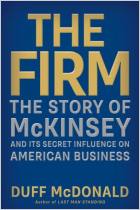

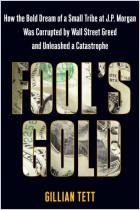
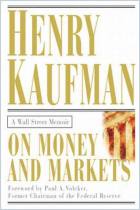
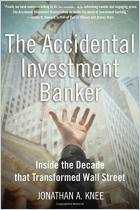
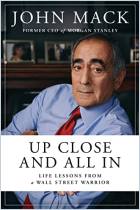
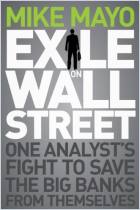







Comment on this summary or Démarrer une discussion